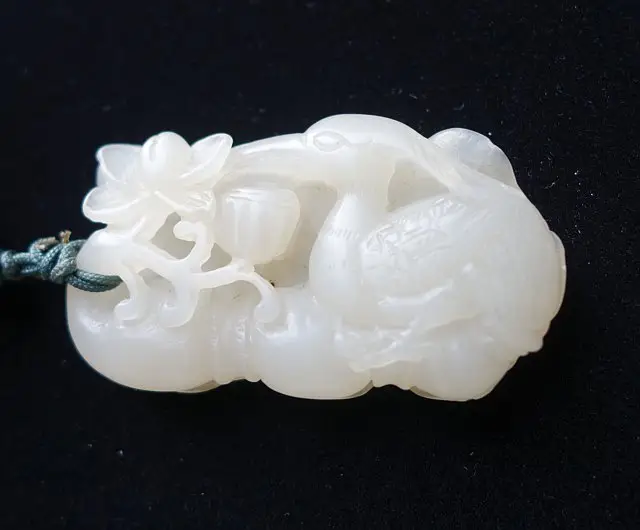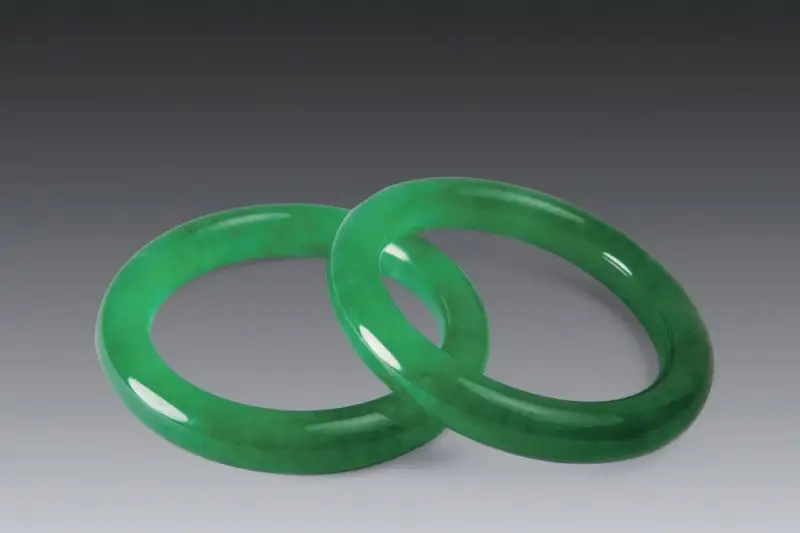Introduction
Pearl is an organic gemstone, meaning it is entirely formed from biological processes. Unlike inorganic gemstones that are mined from the earth, organic gemstones like pearls are created as a protective response by living organisms. Pearls are formed by the calcium secretions of mollusks, which coat foreign particles entering their shells.
Pearls can be divided into saltwater pearls and freshwater pearls. Freshwater pearls tend to have more vibrant colors, while saltwater pearls are superior in terms of luster. Pearl farming techniques have become highly advanced, and due to the increased success rate of cultivated pearls and the difficulty of harvesting wild pearls, the market is now predominantly supplied with “cultured pearls.” Unless specified otherwise, pearls available on the market are typically cultured.
Pearl
- Crystal system: hexagonal crystal system
- Hardness: 3~4.5
- Specific gravity: 2.68~2.75
- Luster: pearl luster
- Transparency: semi-transparent to opaque
- Color: white, yellow, purple, pink, black, orange
- Refractive index: 1.53~1.68
- Birefringence: None
- Fluorescence: No strong fluorescence
- Cleavage: No cleavage
- Characteristics: Pearl luster, radial structure, rough feel
Commcial Value of Pearl
Common types of pearls in the market include South Sea pearls, Akoya pearls, and freshwater pearls.
Both South Sea and Akoya pearls are saltwater cultured pearls, known for their excellent luster and high roundness. Freshwater pearls, primarily farmed in mainland China, are cultivated in freshwater environments.
Rare pearl varieties are predominantly conch pearls, such as Conch pearls and Melo pearls. Other mollusk-produced pearls, like Oyster pearls or Tridacna pearls, are also extremely rare.
Large South Sea pearls, Conch pearls, and Melo pearls are highly sought-after in jewelry auctions. High-end collectibles include strings of carefully selected Akoya pearls, while freshwater pearls offer an affordable option for the general public.
From a jewelry perspective, consumers can choose based on different price ranges and specifications. From an investment perspective, large pearls with good color and luster maintain significant value.
Among all pearl types, conch pearls are the most precious and rare. High-roundness, large-sized, and deeply colored Conch or Melo pearls are exceptionally valuable. Environmental factors such as pollution, temperature, and ocean currents can affect saltwater pearl farming, whereas freshwater pearl farming in rivers or lakes is easier to control. The nucleation frequency and quantity of freshwater pearls also make them more budget-friendly compared to saltwater pearls.



